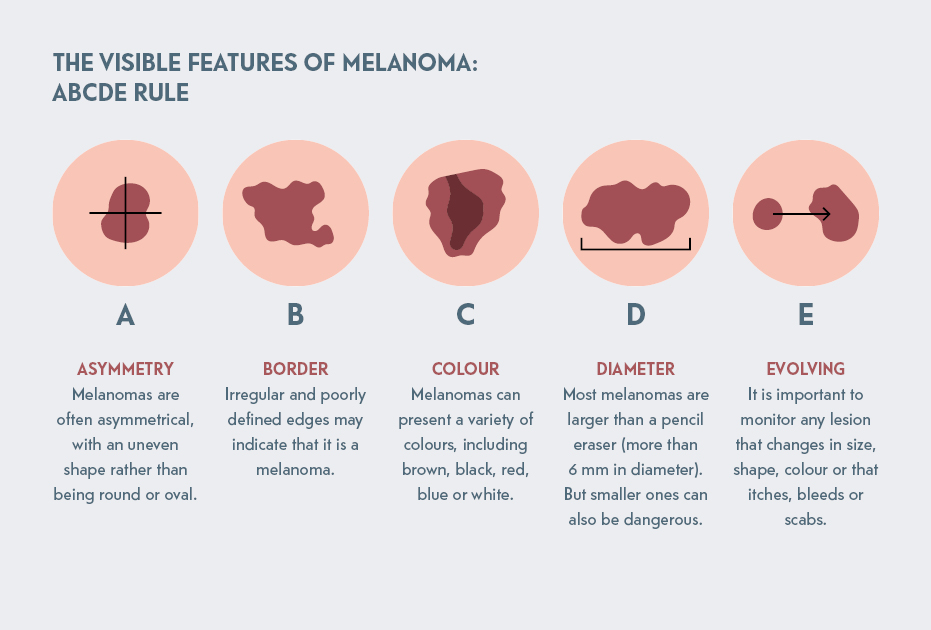
Thanks to his innovative method, Dutch oncologist John Haanen has played a significant role in the remarkable progress of the fight against skin cancer recent years.
“When I first began my research, the only therapy available to fight metastatic melanoma was chemotherapy, which produced mixed results,” says oncology researcher John Haanen. “Only 10% of patients improved, with signs of temporary remission and in very rare cases complete remission. But things have radically changed since then.”
The professor conducted research on the fight against cancer, mainly of the skin, in advanced stages, for more than a quarter of a century. In the spring of 2023, he joined the Service of Oncology at Lausanne University Hospital (CHUV) and is delighted with the considerable progress in treatment effectiveness.
The first forms of immunotherapy appeared in the early 2010s, focusing on the activation of immune cells to kill cancer cells. The results were impressive. Unlike chemotherapy, this treatment does not try to inhibit cell replication but instead aims to boost the immune response to kill cancer cells.
To evade immune attacks, cancer cells develop a number of mechanisms. One strategy is to imitate healthy cells, thereby deceiving receptors (known as “checkpoints”).
By injecting a drug that can block these receptors, which allow cancer cells to grow undetected, checkpoint inhibitors help the immune system to recognise defective cells.
Since these treatments were introduced in the early 2010s, the five-year survival rate for patients with stage IV metastatic melanoma has risen from 5% to almost 50%. “The results are striking. In some cases, the tumour disappears after neoadjuvant immunotherapy, i.e. a treatment to reduce the size of the tumour in preparation for surgery. In others, we have also used immunotherapy in the early stages to prevent the spread of the disease.”
Before immunotherapy using checkpoint inhibitors was developed, the American oncologist Steven Rosenberg was already studying the potential of lymphocytes (immune cells) present in the tumour to fight cancer cells. This approach refers to tumour-infiltrating lymphocytes, or TIL. In 1986, the researcher managed to isolate the TIL with the aim of growing them in the laboratory and massively reinjecting them into the body.
But lack of funding meant that research advanced slowly. They would have to wait until 2014 for phase III clinical trials led by Professor John Haanen.
In 2022, the team of researchers from the Netherlands Cancer Institute (NKI) and the Danish Comprehensive Cancer Center published the results of the first study on the efficacy of TIL therapy on patients who had not responded to immunotherapy using checkpoint inhibitors. “Some specialists were sceptical about the idea that TIL therapy could work on a patient who did not respond to checkpoint inhibitors, because both rely on the immune system.”
However, the clinical studies conducted by John Haanen are showing encouraging results. “Out of ten patients who showed no signs of improvement after treatment with checkpoint inhibitors, five responded favourably to TIL therapy, and tumours have disappeared completely in two patients.”
Some patients at Lausanne University Hospital have taken part in clinical trials to test TIL therapy. One of the participants was Philippe G. He benefited from treatment in 2021, almost 10 years after a melanoma diagnosis which, fortunately, was treated.
But four years later, he suffered a relapse and the start of a new journey fraught with pitfalls: metastases were found near his lungs. Philippe G. then underwent a series of operations and immunotherapy, and his health improved. However, in 2020 a new brain tumour had to be treated with radiotherapy, then in 2021 his knee, where the cancer cells coalesced to form several tumours. “That was when doctors suggested I take part in the clinical trials for TIL therapy.” Not everyone with cancer is eligible, because a sample of the tumour must be extracted for the therapy to work. “My tumour contained just enough lymphocytes to start the culture in the laboratory,” the 52-year-old says. Another key factor is that the tumour has to be stable, because several weeks pass between the time when lymphocytes are collected and back into the body.
Philippe G. first received chemotherapy to prepare his body for the arrival of the billions of lymphocytes grown in vitro. “In 10 years of treatment, this was my first chemotherapy, and that was the toughest episode in terms of side effects.” Once this phase was over, doctors administered the TIL therapy. “I received about ten injections over three days, all followed by a rather strange side effect: very strong, uncontrollable tremors. It’s not painful, but it leaves an impression on you.”
The therapy ended up working. Two weeks later all the tumours had disappeared, and, after a few months, Philippe G. returned to work and an ordinary life. Despite all these ordeals, he considers himself lucky. “Without the major breakthroughs in oncology over the last 10 years, the scenario would have taken a different turn.” /

Doctor in immunohaematology since 1991, Professor John Haanen specialised in internal medicine before moving on to post-doctoral research at the Netherlands Cancer Institute (NKI) then training in medical oncology. An active member of the European Society for Medical Oncology, he leads research into cell therapies for solid tumours, neoadjuvant immunotherapy and NKI biomarkers.
His research has focused on innovative immunotherapy, in particular DNA vaccination and TCR gene therapy. He joined the Department of Medical Oncology at the CHUV in 2023 but will continue to work with the NKI and the University of Leiden in the Netherlands.